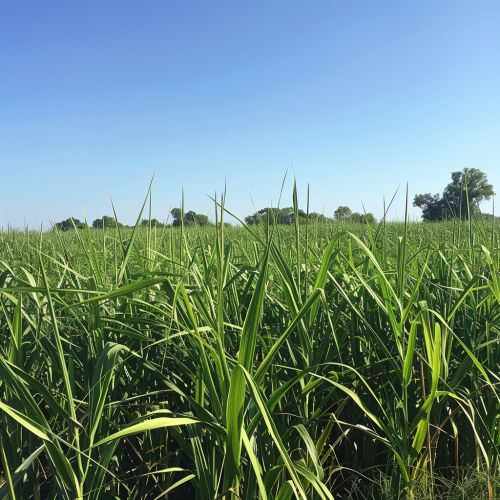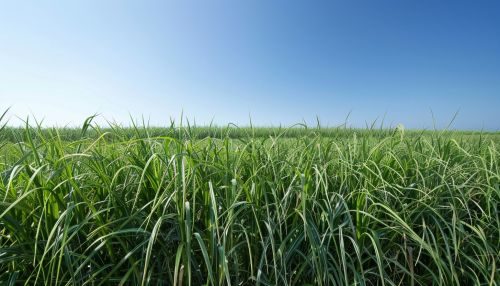Sugar
Introduction


Sugar is a class of edible crystalline substances, primarily sucrose, lactose, and fructose. It is characterized by its sweet flavor and is used extensively in food production. Sugars are carbohydrates, and they play a crucial role in the human diet and various biological processes.
Types of Sugar
Sugars are classified into two main categories: monosaccharides and disaccharides.
Monosaccharides
Monosaccharides are the simplest form of sugar and cannot be hydrolyzed into simpler sugars. The most common monosaccharides include:
- **Glucose**: Also known as dextrose, glucose is a primary energy source for cells.
- **Fructose**: Found in many plants, fructose is often bonded with glucose to form sucrose.
- **Galactose**: Less sweet than glucose and fructose, galactose is a component of lactose.
Disaccharides
Disaccharides are composed of two monosaccharide molecules bonded together. Common disaccharides include:
- **Sucrose**: Commonly known as table sugar, sucrose is composed of glucose and fructose.
- **Lactose**: Found in milk, lactose consists of glucose and galactose.
- **Maltose**: Known as malt sugar, maltose is composed of two glucose molecules.
Production and Refinement
Sugar production involves extracting juice from sugarcane or sugar beet plants and then refining it to produce crystalline sugar.
Sugarcane
Sugarcane is a tropical plant that is crushed to extract its juice. The juice is then clarified, concentrated, and crystallized to produce raw sugar. The raw sugar undergoes further refining to remove impurities and produce white sugar.
Sugar Beet
Sugar beet is a temperate crop. The beets are sliced, and their juice is extracted through diffusion. The juice is then purified, concentrated, and crystallized to produce sugar. The refining process is similar to that of sugarcane.
Chemical Properties
Sugars are carbohydrates with the general formula C_n(H_2O)_n. They exhibit several chemical properties:
- **Solubility**: Sugars are highly soluble in water due to their hydroxyl groups.
- **Hydrolysis**: Disaccharides can be hydrolyzed into monosaccharides by enzymes or acids.
- **Fermentation**: Sugars can undergo fermentation to produce alcohol and carbon dioxide.
Biological Role
Sugars play several vital roles in biological systems:
- **Energy Source**: Glucose is a primary energy source for cellular respiration.
- **Structural Components**: Sugars are components of nucleotides and glycoproteins.
- **Signaling Molecules**: Sugars participate in cell signaling and recognition processes.
Health Implications
While sugars are essential for energy, excessive consumption can lead to health issues:
- **Obesity**: High sugar intake is linked to weight gain and obesity.
- **Diabetes**: Excessive sugar consumption can impair insulin function and lead to diabetes.
- **Dental Caries**: Sugars contribute to tooth decay by providing a substrate for bacterial growth.
Industrial Uses
Beyond food, sugars have various industrial applications:
- **Pharmaceuticals**: Sugars are used as excipients in drug formulations.
- **Fermentation**: Sugars are substrates for producing ethanol and other fermentation products.
- **Bioplastics**: Sugars are used in the production of biodegradable plastics.
